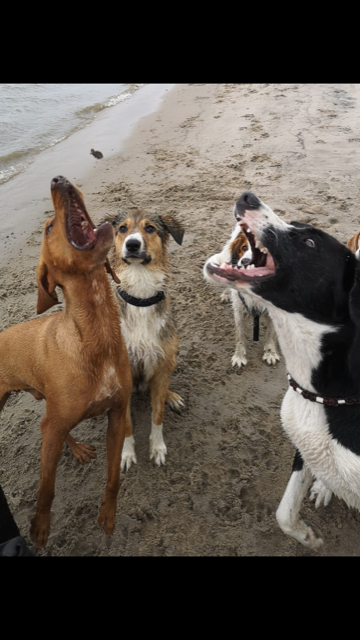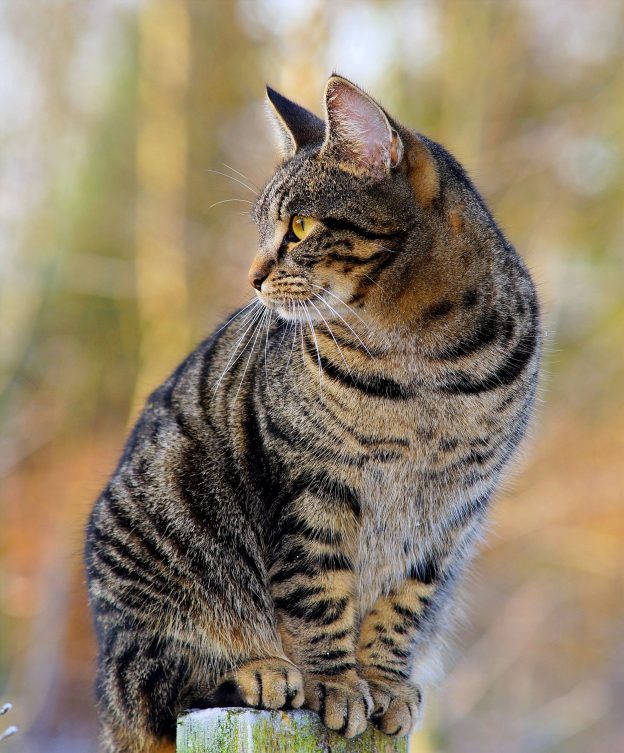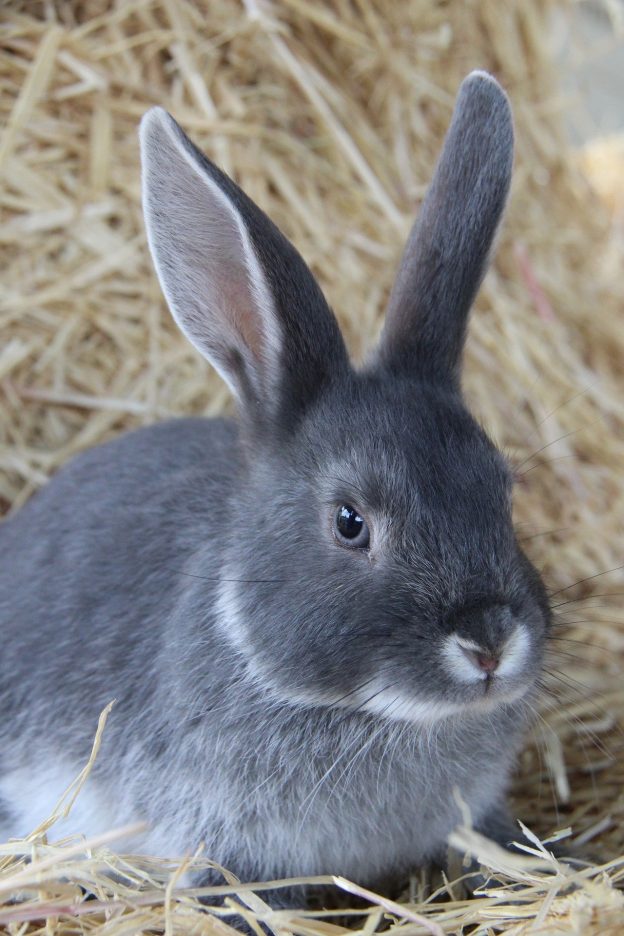Luke is a 2 year old mixed breed dog.
Whenever he gets into the car, he first gets restless and salivating, then lies down completely still
and motionless.
Sometimes he vomits while driving.
First and foremost, it is important to find out the cause of motion sickness, the so-called kinetosis.
The unfamiliar movements lead to contradictory signals from the eyes, organs of equilibrium,
receptors of the joints to the brainstem.
The brain produces an error signal that triggers the symptoms.
Organic causes could be excluded for Luke.
Some dogs are scared because they didn´t learn „driving“ as a puppy or they have made traumatic experiences.
For many dogs, the “new” life begins with separation from the family and
transport in the car to an unknown place, with unknown people.
Who would not be afraid?
So if you pick up your dog by car, take someone else to drive and you at best sit next to your dog,
so he can feel close and safe and there is no need to be afraid.
Another point are the transport boxes.
The dog must of course be safely placed in the car.
Most dogs feel better when they can look out, that is not the case with most boxes.
So, if possible, allow your dog to watch.
Often the motion sickness can be prevented, if one has a clear view of the immobile horizon.
Some dogs also get problems after a certain time in the car.
It is important that driving ist transformed into something positive and
pleasing through appropriate actions.
Luke was not afraid to approach the car and jump in.
He was sick after a certain distance.
This nausea stopped pretty soon after getting out.
During the conversation with the owners, we found out that the driven route is very winding.
With the bioresonance I have tested that Cocculus is the perfect homeopathic remedy for Luke.
After Luke did not have to worry anymore about the possible coming nausea, he was getting used to driving again, step by step.
An additional positive link we have created with it, was a big walk after every drive.
All this is no longer necessary and Luke can ride without problems.
Here are a few naturopathic remedies against motion sickness:
– Nux Vomica
(Nervousness, irritability, panting, whining, vomiting – even when the stomach is empty)
– Cocculus
(Exhaustion, nausea, dizziness, lying down, motionless. Quick recovery when getting out.
Important remedy for puppies.)
-Tabacum
(Cold, paleness, trembling, big nausea)
-Petroleum
(Nausea, vomiting, but nevertheless the dog eats)
– ginger
(gives grip and relieves dizziness and nausea)









